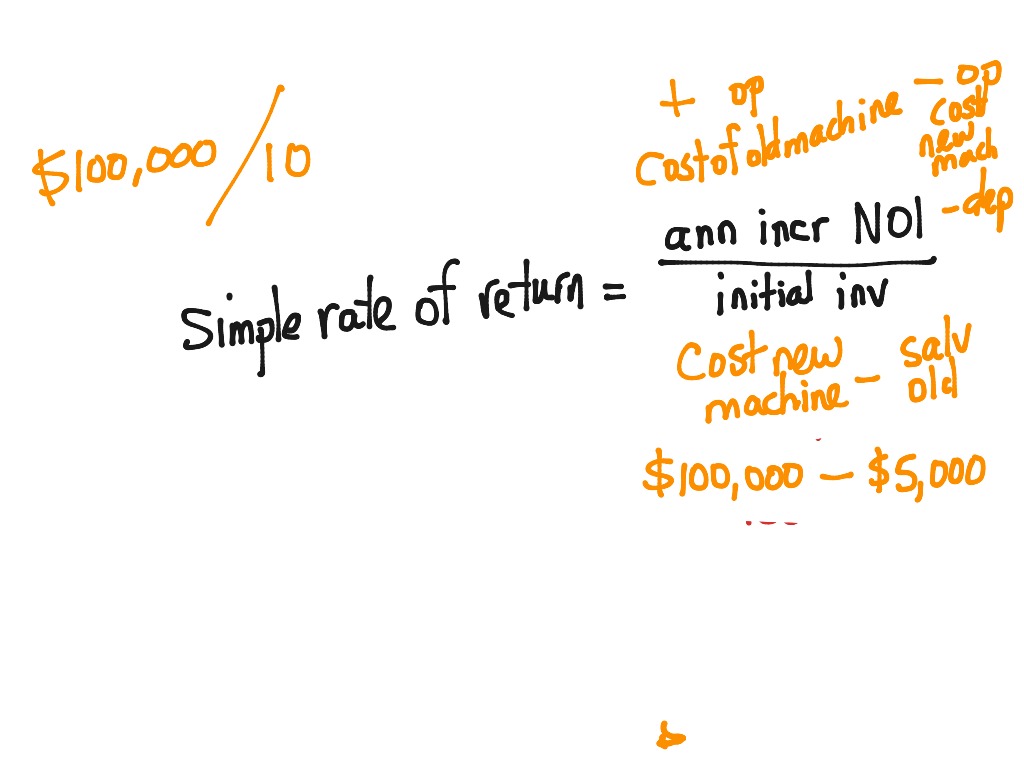The Rise of Forex God: How He Built His Net Worth Through Trading
Rather, it is influenced by the activities of banks, institutions, and investors that purchase and sell currencies, affecting their pricing. Top Forex traders are regarded in utmost respect and admiration by their peers. People may even want to invest in you because they believe you are skilled at what you do. Bruce Kovner made a risky move by buying soybean futures contracts with his credit card, which earned him a profit of $22,000. After this triumph, he joined Commodities Corporation as a trader, where he made significant gains, gained millions, and built a solid reputation in the sector. Limit risk by only investing a small portion of your account in a single trade and setting stop-loss orders.
Deep Market Knowledge
He devoured books, enrolled in online courses, and actively participated in webinars, all 17 best day trading stocks while seeking guidance from seasoned traders and engaging with trading communities for insights. Forex gods also have monk-like discipline when it comes to risk management. This allows them to capitalize on insane opportunities others would miss. Let’s explore some crucial trading tips that can lead to success in the forex market. Implementing effective strategies is key to achieving triumph in trading. Without a solid foundation in forex training, traders may find themselves at a disadvantage when faced with the challenges of the market.
Understanding one’s risk tolerance is crucial; it helps in making informed decisions and prevents impulsive actions driven by emotions. Impulsive decisions, especially during volatile market conditions, can lead to significant financial setbacks. A ‘Forex God’ isn’t only skilled in executing trades but also excels in mitigating potential losses. Their expertise in forex trading is evident through their ability to stay composed in high-pressure situations and make calculated decisions.
But what exactly does it mean to be a ‘Forex God’ in the world of Forex trading in New York? This enigmatic term captures the imagination of many in the trading community, hinting at a level of mastery and success utilizing Forex signals in New York that seems almost mythical. Below are the traits required to become a profitable foreign currency investor. Our mission is to assist millions of traders in finding the best broker. We unbiasedly review every broker and rank them based on their market standing, regulation, and other factors. Reviews are updated regularly to ensure that every trader has the most up-to-date information before making a choice.
Characteristics of a Successful Forex Trader
Each strategy has its advantages and disadvantages, and traders should choose a strategy that aligns with their trading style, risk tolerance, and time commitment. Additionally, there are several tools that can help traders become Forex Gods, such as the Supply and Demand indicator, Currency Strength Meter, Risk Manager, and Trade Panel. These tools can help traders make more informed trading decisions, manage risk more effectively, and streamline their trading process. Forex trading, also known as foreign exchange trading, is the act of buying and selling currencies in order to make a profit from fluctuations in their exchange rates. Forex trading is the largest financial market in the world, with an average daily turnover of over $5 trillion.
While trading can be a lonely endeavor, successful traders often engage with a community. They share insights, learn from others, and even mentor less experienced traders. Forex trading, short for foreign exchange trading, the new investor’s complete guide to brokers is a world of constant ebb and flow as currencies rise and fall against one another. It’s a global marketplace that runs 24 hours a day, five days a week, allowing traders to buy and sell different currencies with the aim of making a profit from those price fluctuations. In conclusion, while no trader can claim divine powers, achieving the status of a forex god is within reach for those who are committed to the journey.
Trading Sentiment
Successful traders exhibit exceptional discipline in adhering to their trading strategies. They possess a deep understanding of risk management, allowing them to navigate the unpredictable nature of forex trading. The Forex market, short for foreign exchange, is the largest and most liquid financial market in the world, with a daily trading volume exceeding $7.5 trillion as of 2023.
His most famous feat was shorting the New Zealand dollar (NZD) to $300 million, resulting in substantial profits for his employer, Bankers Trust. Krieger’s fearlessness and willingness to seize opportunities set him apart as a forex god who left an indelible mark on the industry. These individuals – the “Forex gods” of their time – indeed made significant strides in the trading world. They made bold, often risky decisions that could have led to huge losses as easily as they led to enormous gains. The forex market is the largest financial market globally, with a daily trading volume that surpasses a staggering $7.5 trillion. It offers tremendous liquidity, meaning you can enter and exit trades almost instantly, thanks to the vast number of market participants.
Through trial, error, and relentless perseverance, he turned the tide and began experiencing consistent profits. Emotions can be both a trader’s greatest asset and their biggest liability. Forex gods recognize this and undergo rigorous mental conditioning to maintain emotional stability amidst market fluctuations. They cultivate patience, resilience, and self-control, refusing to let fear or greed dictate their decisions. This psychological discipline enables them to stick to their trading plan with unwavering confidence, even how to use bitcoin atm with credit card during periods of adversity.
- Remember, achieving greatness in forex trading demands a commitment to persistence and continuous adaptation.
- Developing a trading strategy that aligns with your risk tolerance and financial goals is crucial.
- It requires a deep understanding of technical analysis, fundamental analysis, risk management, and psychology.
- Bill Lipschutz, known as the “Sultan of Currencies,” transformed his profound understanding of currency movements into astonishing success.
- Embracing the journey towards mastery involves committing to continuous learning and growth.
- By 1985, the company’s annual profits from Bill Lipchutz exceeded $300 million, making him a huge success.
In addition, forex trading requires a significant amount of knowledge, skill, and discipline. Successful traders must be able to analyze market trends and data, develop effective trading strategies, manage risk, and maintain emotional control in the face of uncertainty. However, it is essential to understand that there is no secret formula or magic potion that can turn an ordinary trader into a Forex God overnight. Becoming a successful forex trader requires time, patience, and dedication to learning and improving one’s skills. It is a journey that involves continuous education, practice, and a deep understanding of the market.
His story serves as a beacon of inspiration, proving that success is not defined by origins but by the relentless pursuit of goals. John’s journey stands testament to the transformative power of perseverance, dedication, and an unwavering commitment to knowledge. Now contrary to popular belief, Forex gods are not actually supernatural beings! They are just exceptionally gifted traders who push the limits of what’s achievable through drive and dedication to their craft.




